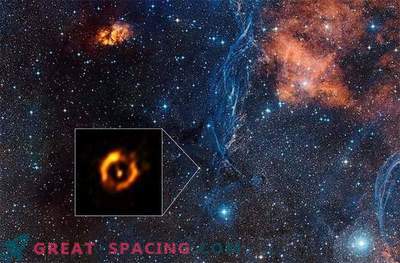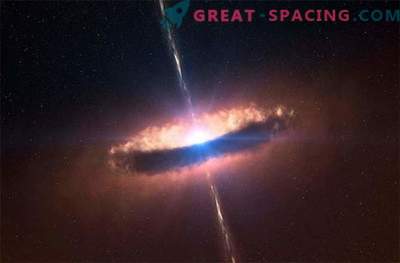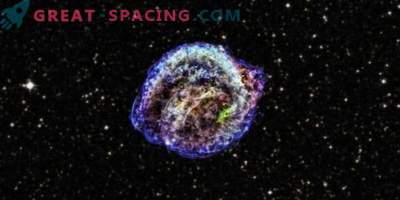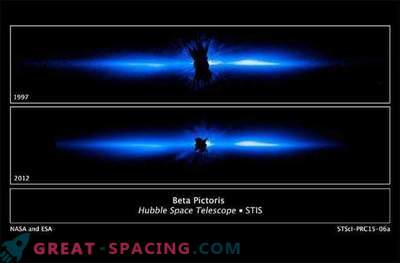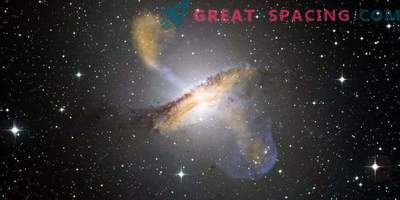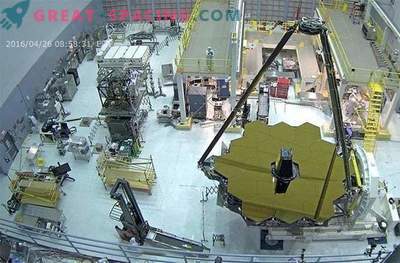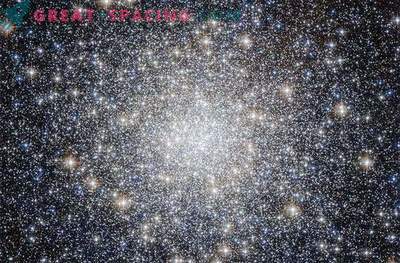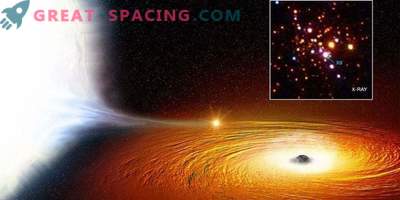
Stellar variability has long allowed to reveal the physical characteristics of stars. For example, the star of the World (Omicron Kita) was named in 1596 from the Dutch astronomers, who were amazed by its amazing luminosity. The reason was the periodic change in the size and temperature of the star. Much less sharp variability can be caused by the presence of a dust disk, which sometimes blocks part of the world for the earth observer. Smaller and weaker stars remain inaccessible for the study of variability, but sometimes their disks (if any) are capable of generating enough garbage to influence the detected changes in starlight.
For astronomers interested in studying the formation of planets from dust disks, such small systems can offer a large picture of the formation and evolution of the planet, especially if they signal some kind of dramatic event or an important evolutionary phase of the late heavy bombardment of the Solar System. Some changes in exoplanetary disks have already been detected. For example, comets pass through several systems, caught by variations in the optical and UV spectra of stars. The white dwarf star is the final product of the evolution of stars, like the Sun, which after 7 billion years will not be able to withstand the burning of nuclear fuel. When only half the mass remains, the Sun will decrease and become a white dwarf. This star type is common in galaxies and the most famous representative is Sirius.
For 11.2 years, the team of scientists investigated the white dwarf GD56, noticing how the star's light grows and falls by 20% in accordance with the process of creating or depleting the dust of the disk. The team used the IRAC camera on the Spitzer telescope, the WISE mission and the Keck and UKIRT telescope observations to characterize these oscillations.
It turned out that the color of the light did not change, which means that all the created or destroyed dust was about the same temperature and was removed by a single distance from the star. Researchers believe that gravitational attraction or collisions between particles in a disk are responsible for reducing or increasing in the dusty area of the disk.
It is known that such disk activity is a common phenomenon around young stars. However, it was unexpected to observe something similar near old stars, like a particular white dwarf.
